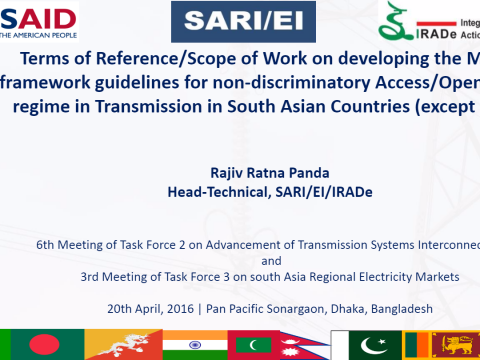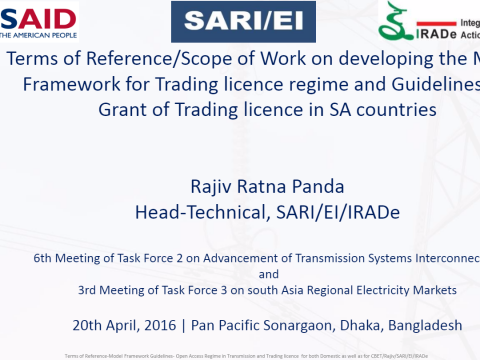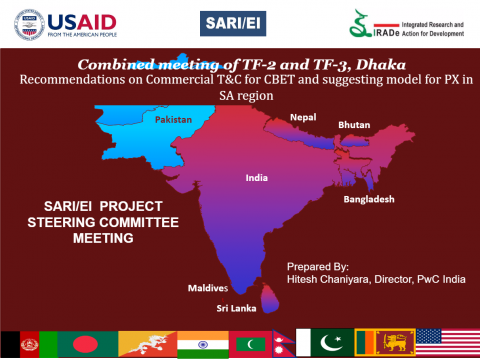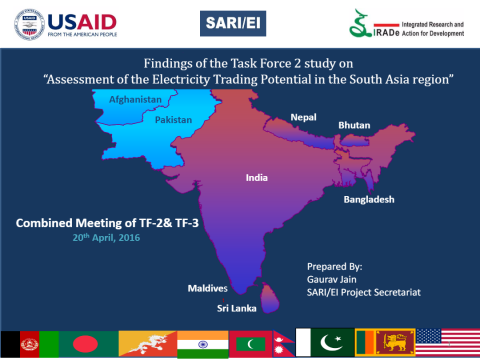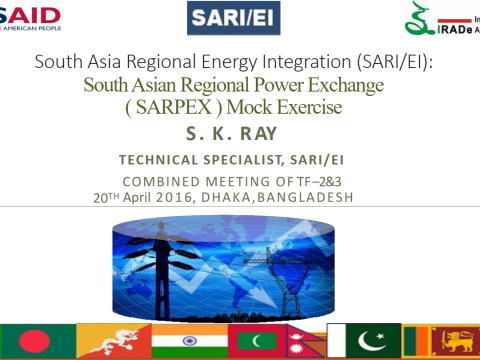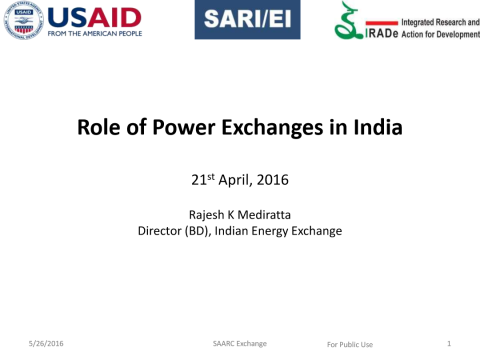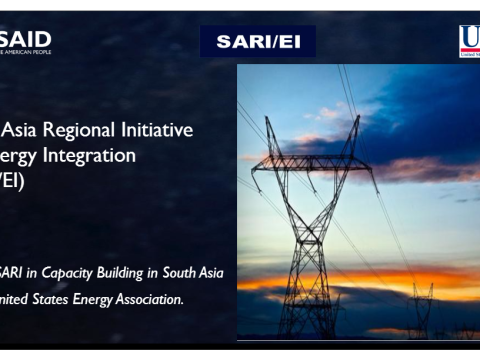sari_presentations
January 11, 2022
In CBET, non-discriminatory access to their respective transmission systems increases opportunities for any party to sell/buy electricity at a cost-reflective fee and to take advantage of the load and time diversity and contribute to better utilization of resources.
January 11, 2022
Since countries have different licensing rules and procedures, a harmonized licensing framework ensures that licensing does not restrict entry. It provides regulatory tools that helps regulators to keep an oversight of the market.
January 11, 2022
With Such High Level of Cross Border Interconnection being envisaged, it is obvious that for safe, reliable and stable operation of the interconnected transmission system, the various technical aspects of grid codes, operating procedures and standards needs to be harmonized/coordinated.
January 11, 2022
Recommendations in line with existing practices followed in most SACs and CBET contracts Recommendation in line with the practice followed in recent CBET contracts (Bangladesh/Nepal); CERC in India also follows this principle.
January 11, 2022
To identify the electricity trading potential of the South Asian nations (Bangladesh, Bhutan, Nepal, India, Sri
Lanka, Pakistan)over a period of next 20 years.
January 11, 2022
Many analysts have recognized the value of development of power exchange and related market mechanism to enhance Cross border Electricity Trade (CBET) among the South Asian Nations.
January 11, 2022
A macro-economic SAM based model covers the whole economy balances supply and demand for each sector, also investment and savings, balance of payment for each year, etc.
January 11, 2022
Exchanges in India offers standardised contracts and competitive platform and allow market based price discovery. Governing regulations and policy development are still at nascent stage in many countries, this will allow other countries to align the relevant rules for development of a harmonized market.
January 3, 2022
2nd November 2016 , Workshops & Conferences
January 3, 2022
5th Meeting of Project Steering Committee-Maitland State Room Mount Lavinia Hotel, Colombo, Sri Lanka 9th and 10th November,2016
January 3, 2022
5th Meeting of Project Steering Committee-Maitland State Room Mount Lavinia Hotel, Colombo, Sri Lanka 9th and 10th November,2016
January 3, 2022
Medium Term, Long Term, Grant of Access, Protection Coordination, Standards, Metering Security, Reliability, Scheduling, Despatch, Congestion Mgmt., SCADA/EMS, Ancillary Service.
January 3, 2022
Incomplete Works, including any shortfall in Contracted Capacity or Station Heat Rate, to be completed within 180 days. For further delay, Damages for each day at the lower of 0.1% of the Performance Security and 0.2% of the cost of completing such items as estimated by the Utility’s Representative.
January 3, 2022
Provided that such open access may be allowed before the cross subsidies are eliminated, on payment of surcharge in addition to the charges for wheeling as may be determined by the State Commission.

